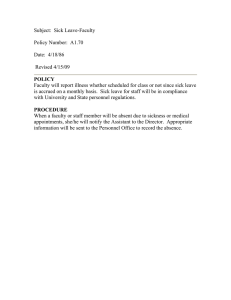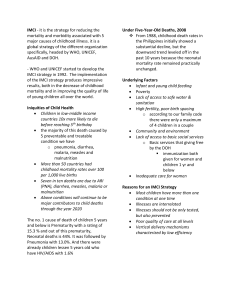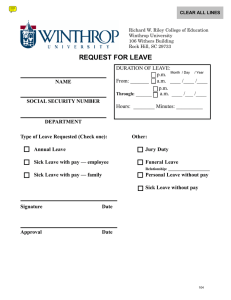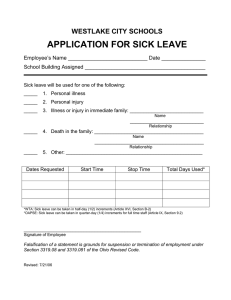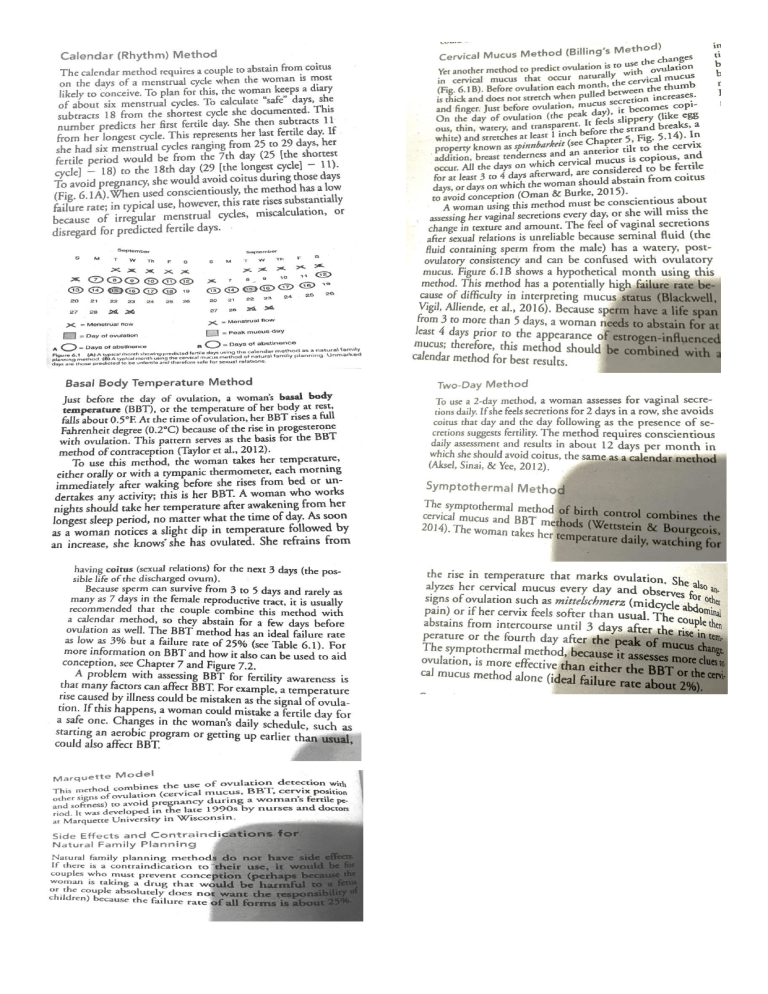
Improving over-all health systems Improving family and community health practices Rationale for an integrated approach in the management of sick children Majority of these deaths are caused by 5 preventable and treatable conditions namely: pneumonia, diarrhea, malaria, measles and malnutrition. Three (3) out of four (4) episodes of childhood illness are caused by these five conditions. Most children have more than one illness at one time. This overlap means that a single diagnosis may not be possible or appropriate. Who are the children covered by the IMCI protocol? Sick children birth up to 2 months (Sick Young Infant) Sick children 2 months up to 5 years old (Sick child) Strategies/Principles of IMCI INTEGRATED MANAGEMENT OF CHILDHOOD ILLNESS PROGRAM (IMCI) One million children under five years old die each year in less developed countries. Just five diseases (pneumonia, diarrhea, malaria, measles and dengue hemorrhagic fever) account for nearly half of these deaths and malnutrition is often the underlying condition. Effective and affordable interventions to address these common conditions exist but they do not yet reach the populations most in need, the young and impoverish. The Integrated Management of Childhood Illness strategy has been introduced in an increasing number of countries in the region since 1995. IMCI is a major strategy for child survival, healthy growth and development and is based on the combined delivery of essential interventions at community, health facility and health systems levels. IMCI includes elements of prevention as well as curative and addresses the most common conditions that affect young children. The strategy was developed by the World Health Organization (WHO) and United Nations Children’s Fund (UNICEF). In the Philippines, IMCI was started on a pilot basis in 1996, thereafter more health workers and hospital staff were capacitated to implement the strategy at the frontline level. Objectives of IMCI Reduce death and frequency and severity of illness and disability, and Contribute to improved growth and development Components of IMCI Improving case management skills of health workers - 11-day Basic Course for RHMs, PHNs and MOHs 5 - day Facilitators course 5 – day Follow-up course for IMCI Supervisors All sick children aged 2 months up to 5 years are examined for GENERAL DANGER signs and all Sick Young Infants Birth up to 2 months are examined for VERY SEVERE DISEASE AND LOCAL BACTERIAL INFECTION. These signs indicate immediate referral or admission to hospital. The children and infants are then assessed for main symptoms. For sick children, the main symptoms include: cough or difficulty breathing, diarrhea, fever and ear infection. For sick young infants, local bacterial infection, diarrhea and jaundice. All sick children are routinely assessed for nutritional, immunization and deworming status and for other problems. Only a limited number of clinical signs are used. A combination of individual signs leads to a child’s classification within one or more symptom groups rather than a diagnosis. IMCI management procedures use limited number of essential drugs and encourage active participation of caretakers in the treatment of children. Counseling of caretakers on home care, correct feeding and giving of fluids, and when to return to clinic is an essential component of IMCI. BASIS FOR CLASSIFYING THE CHILD’S ILLNESS (please see enclosed portion of the IMCI Chartbooklet) The child’s illness is classified based on a color-coded triage system: PINK - indicates urgent hospital referral or admission YELLOW - indicates initiation of specific Outpatient Treatment GREEN – indicates supportive home care Steps of the IMCI Case Management Process The following is the flow of the IMCI process. At the outpatient health facility, the health worker should routinely do basic demographic data collection, vital signs taking, and asking the mother about the child's problems. Determine whether this is an initial or a follow-up visit. The health worker then proceeds with the IMCI process by checking for general danger signs, assessing the main symptoms and other processes indicated in the chart below. Take note that for the pink box, referral facility includes district, provincial and tertiary hospitals. Once admitted, the hospital protocol is used in the management of the sick child.
